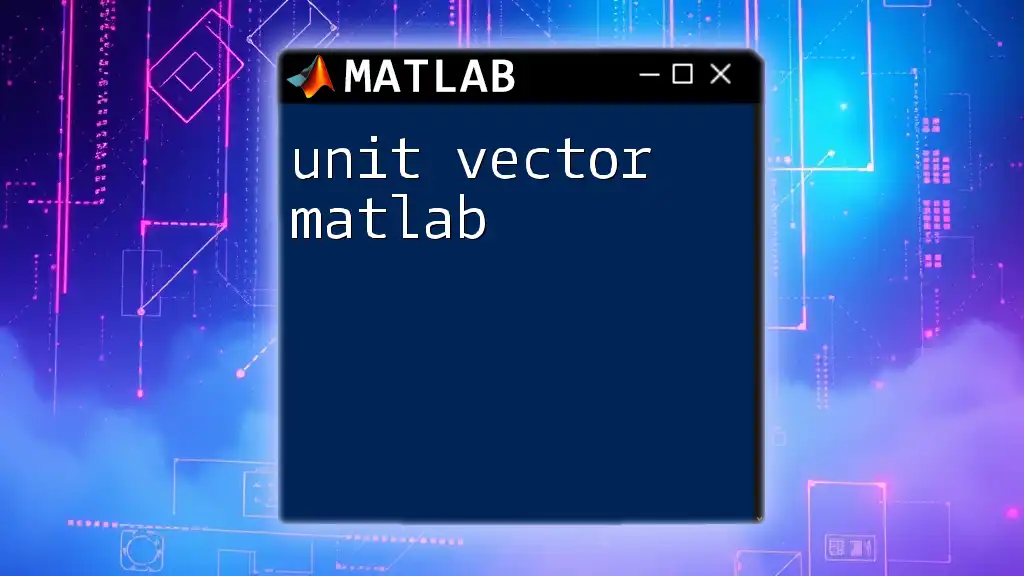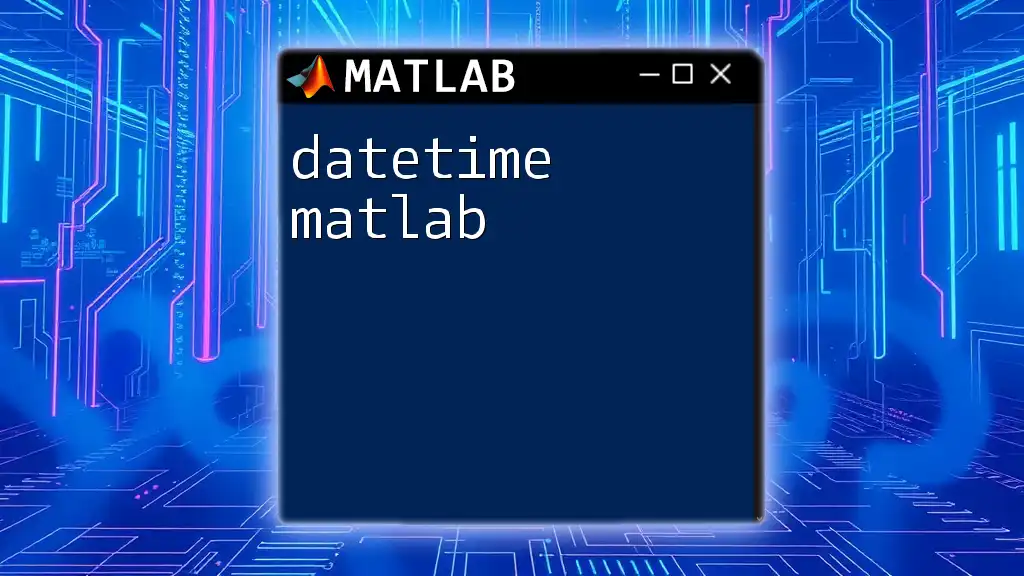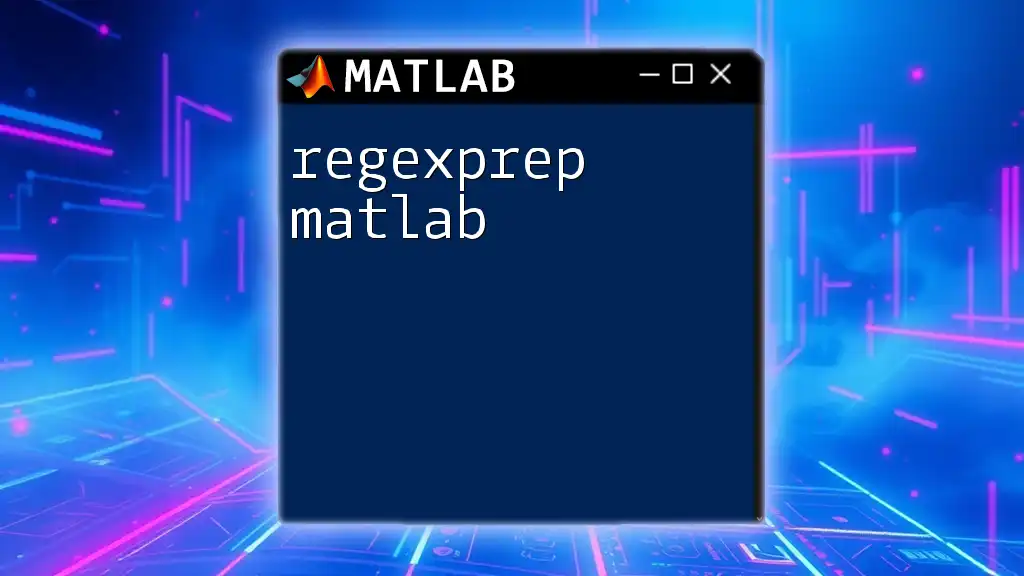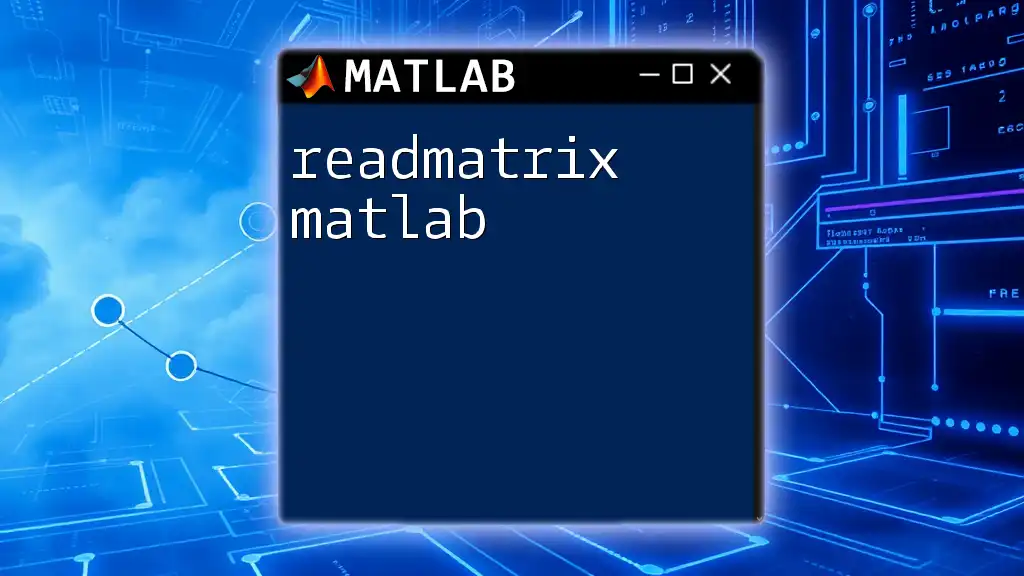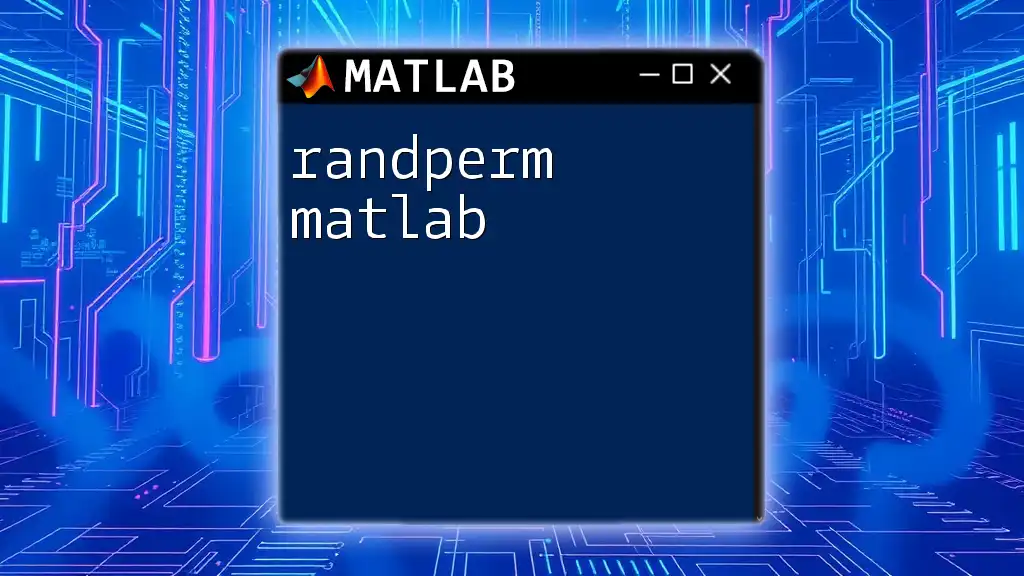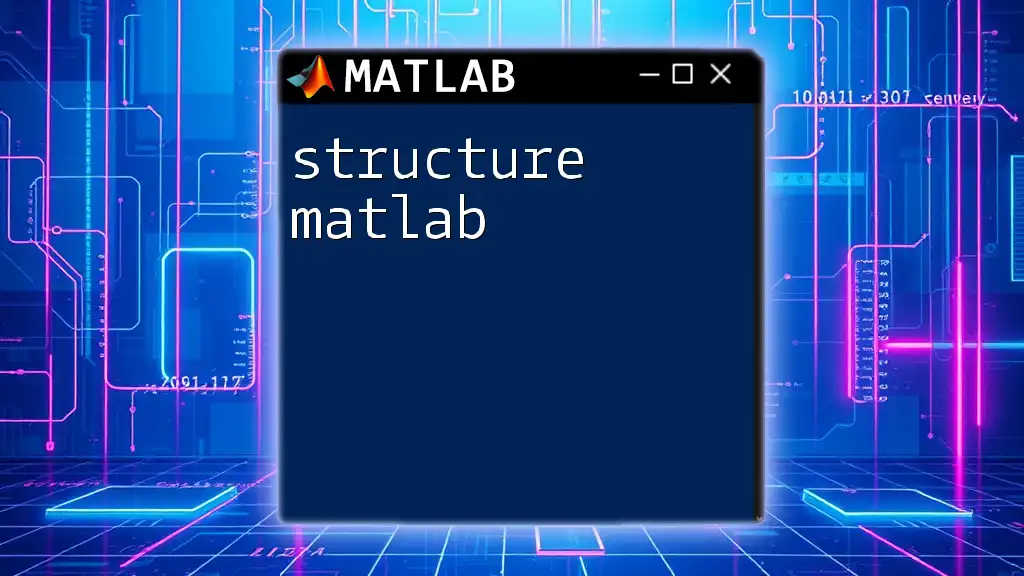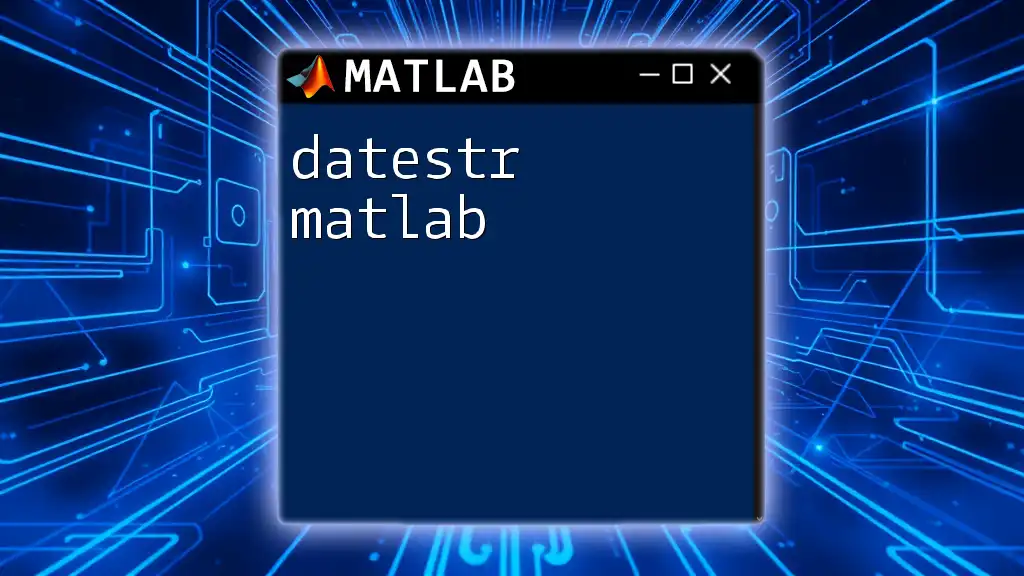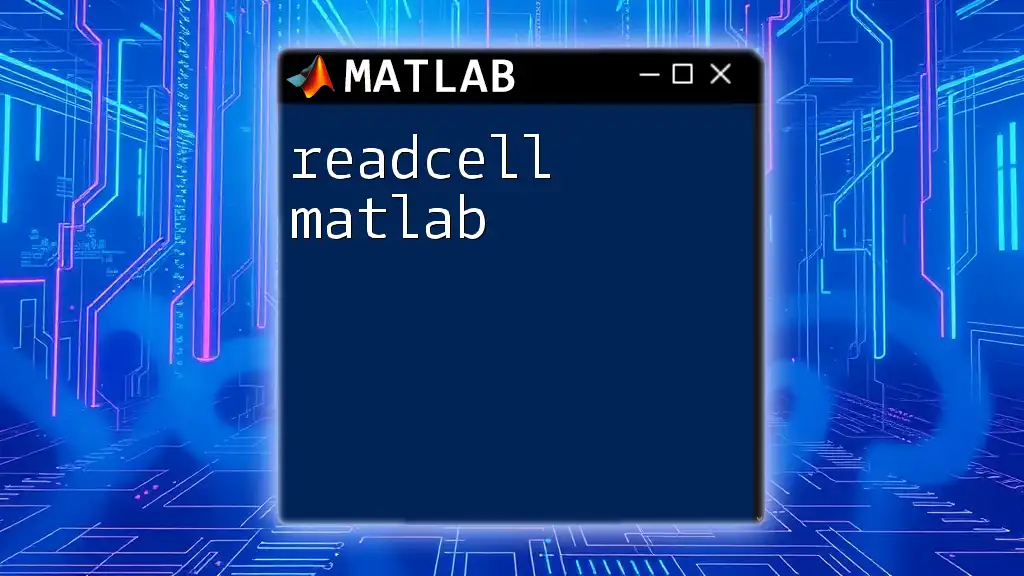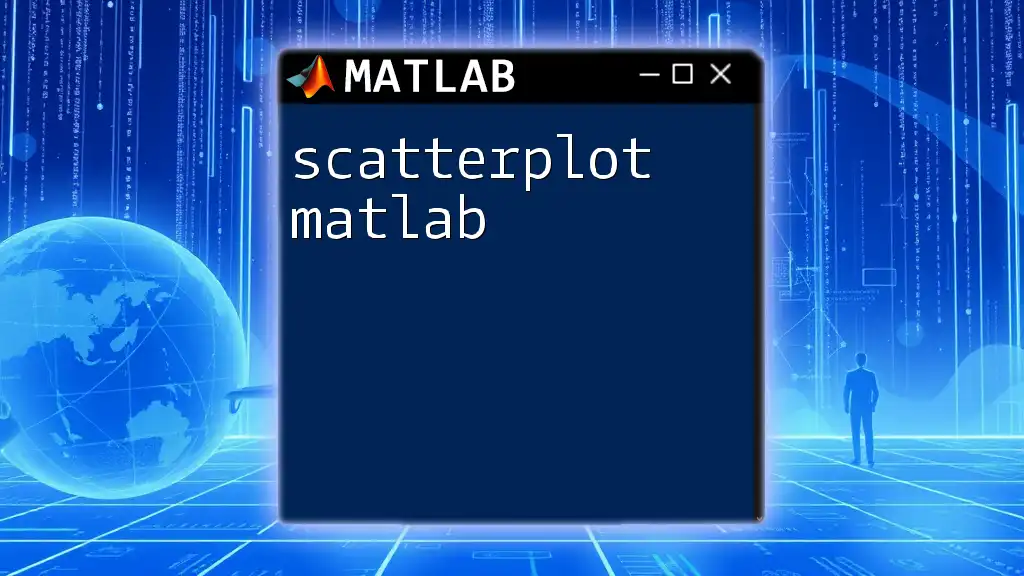To create a directory in MATLAB, you can use the `mkdir` function followed by the name of the new directory you wish to create.
mkdir('new_folder_name');
Understanding Directories in MATLAB
What is a Directory?
A directory is essentially a container used to organize files and other directories on your computer. Think of it as a folder that helps you manage related files efficiently. While files can hold various types of data or code, directories help maintain that data in a systematic way.
Why Create Directories in MATLAB?
Creating directories in MATLAB is vital for effective file management. As your projects grow in complexity, having a structured organization can help you locate scripts, data files, and results more easily. For example, if you’re running multiple simulations, having a designated directory for each project allows you to keep all relevant files in one place, thereby minimizing confusion and maximizing workflow.

MATLAB Commands for Directory Management
Overview of MATLAB Directory Commands
MATLAB offers several commands to manage directories effectively. The most common commands include:
- `mkdir`: Create a new directory.
- `cd`: Change the current working directory.
- `rmdir`: Remove a directory.
Understanding how to use these commands correctly can greatly enhance your efficiency in managing MATLAB projects.
Creating a Directory using `mkdir`
Syntax and Basic Usage
To create a directory in MATLAB, you use the `mkdir` command. The general syntax is:
mkdir(directoryName)
This command creates a directory with the specified name in the current folder.
Example Code Snippet
If you want to create a directory called `MyProject`, you would type:
mkdir('MyProject')
Upon execution, MATLAB will create a new folder named `MyProject`. To confirm that the directory was created successfully, use the `dir` command to list the contents of the current folder.
Creating Nested Directories
You can also create nested directories using the same `mkdir` command. For example, if you want to create a directory hierarchy with a parent directory and a child directory, the command would look like this:
mkdir('ParentDirectory/ChildDirectory')
This creates a `ChildDirectory` inside `ParentDirectory`. Nested directories are particularly useful for organizing various components of a large project.
Changing the Current Directory with `cd`
Overview of the `cd` Command
The `cd` command allows you to change the current working directory in MATLAB, meaning it updates where MATLAB looks for files and directories. The syntax is:
cd(directoryName)
This is especially important when you want to work within a specific directory context.
Example Code Snippet
To change the directory to the one you just created, use:
cd('MyProject')
Now, any file operations will take place within the `MyProject` directory. Knowing your current working directory is crucial for avoiding errors, especially when managing multiple projects.
Deleting Directories using `rmdir`
Using `rmdir` Command
Syntax and Basic Usage
The `rmdir` command is used to delete directories, and it must be used with caution to avoid data loss. The syntax is:
rmdir(directoryName)
This command will delete the specified empty directory.
Example Code Snippet
To delete the `MyProject` directory, you would write:
rmdir('MyProject')
This command will succeed only if `MyProject` is empty. If the directory contains files or other directories, MATLAB will throw an error.
Deleting Non-Empty Directories
To delete a non-empty directory, you can add an option in the `rmdir` command:
rmdir('ParentDirectory', 's')
The `'s'` option tells MATLAB to delete the directory and its contents, so be sure to double-check what you are deleting to avoid the accidental loss of important files.
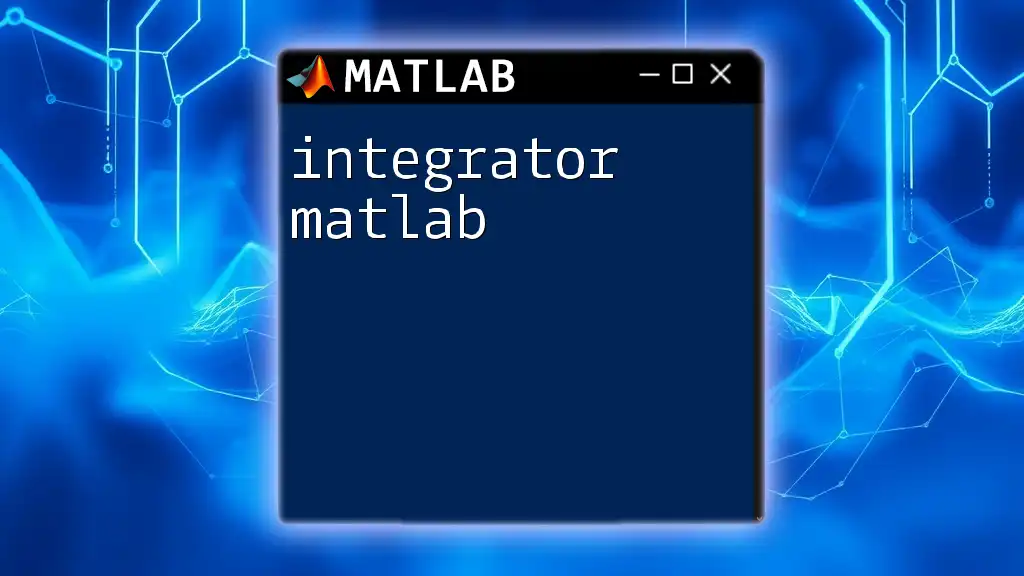
Best Practices for Directory Management in MATLAB
Naming Conventions
When creating directories, it's wise to establish a consistent naming convention. Avoid using spaces and special characters, as these can lead to complications in scripts. Stick to alphanumeric characters and underscores, like so: `my_project_data`.
Organizing Projects
A well-structured project often consists of separate directories for scripts, data, and outputs. For instance, a typical project structure might include:
- /Data: Holds datasets or input files.
- /Scripts: Contains MATLAB scripts and functions.
- /Results: Where output files or generated graphs are saved.
This organization makes it easier to share your work with others and ensures that you can quickly locate files as your project grows.
Frequent Directory Operations
Streamlining directory navigation can save you time. Use relative paths for directories when you can, which can help maintain the portability of your scripts across different systems. Regularly clean up unused directories to keep your project environment uncluttered.
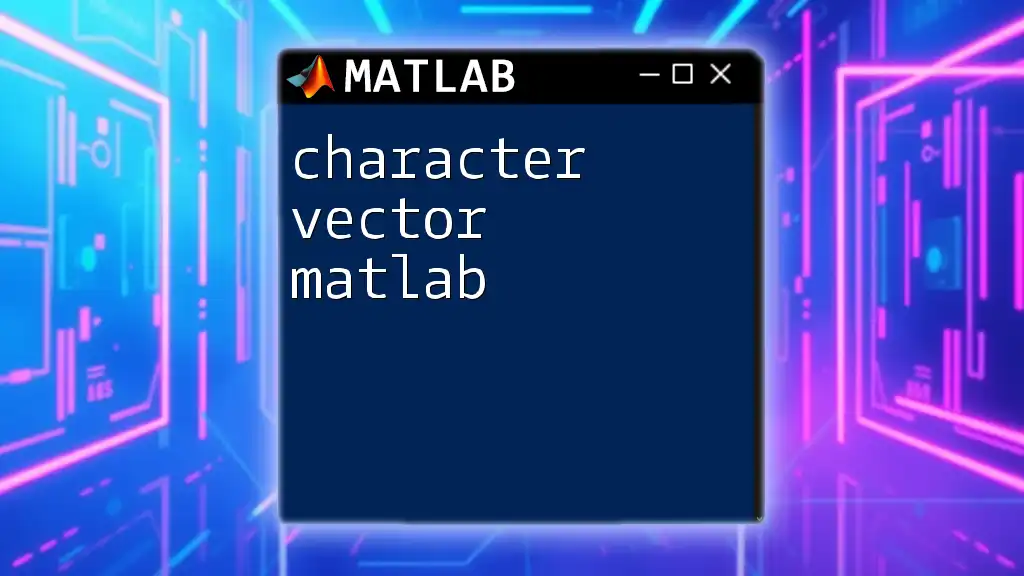
Troubleshooting Directory Issues
Common Errors when Creating Directories
One common issue is permissions errors, which occur when MATLAB doesn’t have the rights to create a directory in the specified location. Always ensure you have the appropriate permissions, especially if you're working in directories in system folders or shared drives.
Using `exist` to Check Directory Status
To check if a directory already exists before creating one, you can use the `exist` command:
if ~exist('MyProject', 'dir')
mkdir('MyProject')
end
This code checks for the existence of `MyProject`, and only creates it if it doesn’t exist. This practice can help prevent errors and redundant commands in your workflow.

Conclusion
In conclusion, mastering how to create directories in MATLAB and effectively manage them can significantly enhance your productivity and project organization. Whether you’re working on smaller projects or large-scale simulations, the concepts you've learned will enable you to maintain a clean and efficient working environment.
By applying these techniques and practices, you'll not only keep your files arranged but also create a foundation for more complex and rewarding MATLAB workflows.
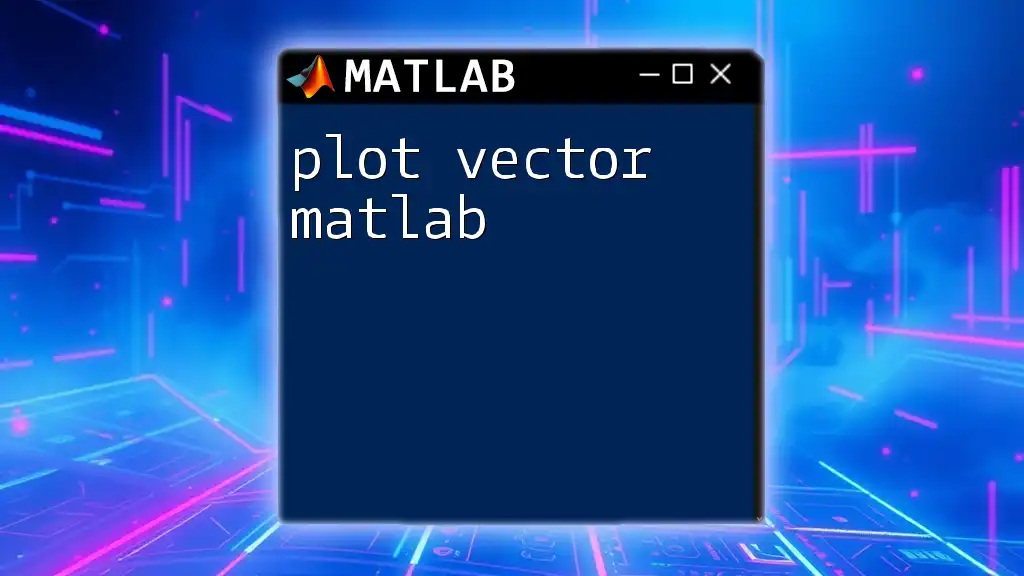
Call to Action
Subscribe for more concise tips and tutorials on MATLAB commands! We welcome your feedback on your directory management experiences in MATLAB!







